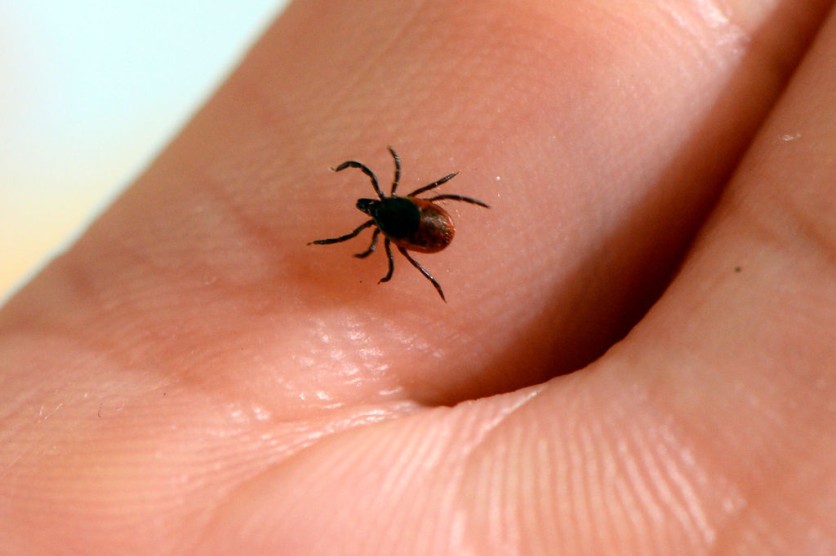A new discovery was obtained by a group of researchers regarding ticks transferring to pets and people. Ticks can now be propelled across air gaps by static electricity, allowing them to make contact with hosts that are beyond the reach of their legs.

New Discovery Regarding Ticks
Researchers from the University of Bristol have newly discovered that ticks can transfer to people and pets through air gaps that are much larger than their bodies through static electricity. According to a report from Interesting Engineering, this will allow ticks to make contact with hosts beyond the reach of their legs which can potentially bring diseases.
Ticks do not have the ability to jump, making this way the only mechanism why they would be able to make contact with hosts beyond their tiny legs. Bristol's School of Biological Sciences Lead Author Sam England stated, "They can now actually end up latching onto hosts that don't make direct contact with them."
Through testing castor bean ticks, researchers obtained information that when they charred up electrodes and placed them near young ticks, they would whiz through the air to land on those electrodes. Researchers first used previous measurements of the typical charged by animals to mathematically predict the strength of the electric field between the grass and the animal before passing.
After this, ticks were placed underneath an electrode with an air gap in between. They were able to determine the minimum electric field strength at which the ticks could be attracted, which supports the idea of ticks' attraction to static electricity.
As of now, the research team is hoping that will lead to new technology to help minimize tick bites in humans, pets, and farm animals. It remains unclear regarding the benefits for the animals from static electricity but this idea will open more doors and new ideas as to how many forces like this could be helping animals and plants live their lives.
Levels of Static
Associated Press reported that a normal level of static will be able to charge fur, feathers, scales, or clothes of hosts that will pick up with movement. This could also pul the critters across gaps of a fraction of an inch for a few millimeters or centimeters. England stated that despite the distance being small, a tiny tick represents a whole nation.
Wider implications and potential applicants were also obtained by the researchers through these studies, like parasitic species really want to make contact and attach, including mites, fleas, and onto each other. After this, the same team wants to investigate the capability of sensing the approaching electrostatic charge if it could help them.
Phys reported that ticks usually carry a lot of diseases, including Lyme Disease. These diseases make many pets and people's lives miserable, which can eventually cause death. Discovering this may be a huge social and economic benefit to try to decrease the ability of ticks to attach to people.
Related Article : US Experts Now Concern About Ticks as They Carry New Deadly Diseases! Here's How To Avoid Them

ⓒ 2025 TECHTIMES.com All rights reserved. Do not reproduce without permission.




